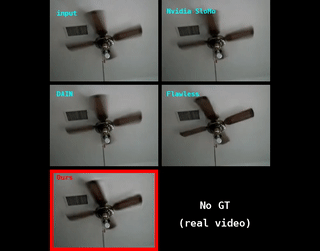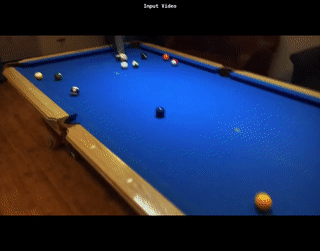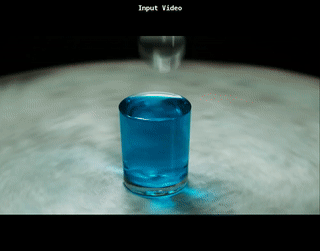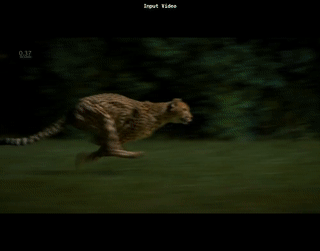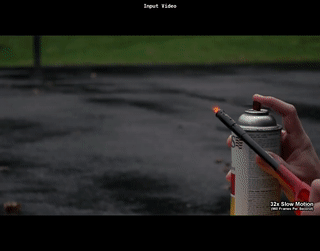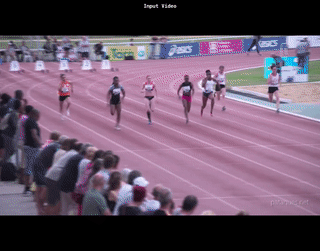Please see the full Project site | Paper (PDF)
This is the official paper implementation of our ECCV paper,
Across Scales & Across Dimensions:
Temporal Super-Resolution using Deep Internal Learning
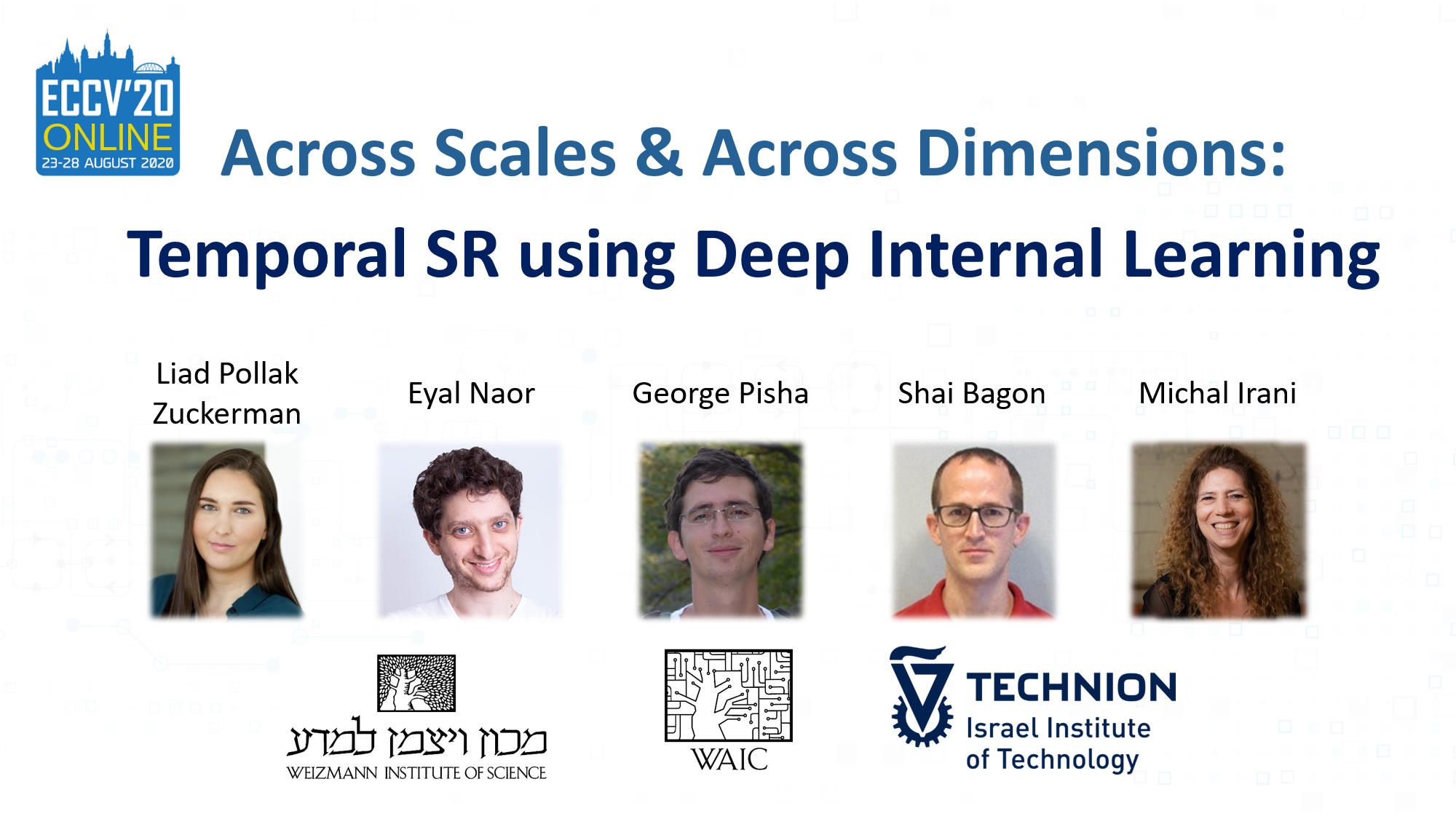
Clone the Repo:
git clone https://github.com/eyalnaor/DeepTemporalSR.git
cd DeepTemporalSRDownload Our Dataset
The downloaded videos can be placed in ./Example_data or any other folder and change the "frames_folder" parameter in config.json or feed from the command line.
Tested and ran on:
- Ubuntu - 18.04 LTS
- CUDA - 10.1.243
- CUDNN - 7.6.5
- pytorch - 1.4.0
- tensorboard - 2.1.0
for additional package information please refer to requirements.txt or env.yml
NOTE - The environment was not tested on windows platforms, thus env.yml or venv might not work, if indeed they don't try installing manually.
- Setup conda
This will create a working environment named zstsr
conda env create -f env.yml
- Setup can also be performed with pip (virtual env) via the requirements.txt file
python -m venv zstsr source zstsr/bin/activate pip install -r requirements.txt - There are several examples provided with the code in ./Example_videos/<vid>/
python main.py This will run the code with default configuration, as used to produce the results in the paper.
This will output the HR results, along with saved models, etc. to the working_dir_base folder as specified in the config.
There are many tunable parameters. config.json sets the default values we used in our experiments.
Below are the main configuration parameters to change:
- frames_folder - Path to input (LR) frames
- working_dir_base - Base Path to save results
- upsamaple_steps - Upsampling scale for each iteration of the network
- backprojection - Whether to use spatio-temporal Back-Projection
- fix_network and fine_tune - If and how to retrain the network between upsampling iterations. See comments in config.json
- within/across/shift probability - Probability of each augmentation in training
- num_epochs - Number of training epochs
For the full list of parameters please refer to the comments inside config.json
main.py also takes external flags, in order to override settings in the config.json, to enable multiple runs with different parameters.
Useful flags:
- --config path to config. Default is config.json in the folder of main.py
- --data input data folder
- --workingdir result base folder
- --initiallr initial learning rate
For the full list of parameters please refer to the comments inside utils.create_parser()
To see our full numerical evaluation on the dataset - Numerical Results
For all the videos and results please see project site
This project is licensed under the MIT License - see the LICENSE.md file for details
[1] Jin, M., Hu, Z., Favaro, P.: Learning to extract flawless slow motion from blurry videos. In: The IEEE Conference on Computer Vision and Pattern Recognition (CVPR) (2019)
[2] Bao, W., Lai, W.S., Ma, C., Zhang, X., Gao, Z., Yang, M.H.: Depth-aware video frame interpolation. In: Proceedings of the IEEE Conference on Computer Vision and Pattern Recognition (CVPR). pp. 3703–3712 (2019)
[3] Jiang, H., Sun, D., Jampani, V., Yang, M.H., Learned-Miller, E., Kautz, J.: Super slomo: High quality estimation of multiple intermediate frames for video interpolation. In: Proceedings of the IEEE Conference on Computer Vision and Pattern Recognition (CVPR) (2018)
[4] . Zhang, R., Isola, P., Efros, A.A., Shechtman, E., Wang, O.: The unreasonable effectiveness of deep features as a perceptual metric. In: The IEEE Conference on Computer Vision and Pattern Recognition (CVPR) (2018)
[5] Our imresize function was written by Ben Feinstein & Assaf Shocher Please see their work: Assaf's Github, Ben's Github
